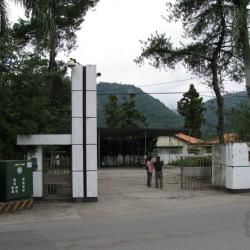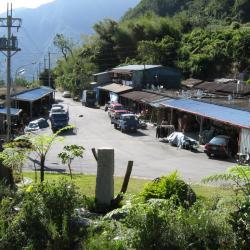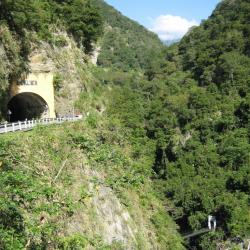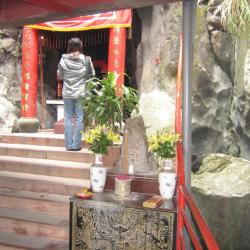The Hehuan Traversing Historic Trail spans across Ren'ai Township in Nantou County and Xiulin Township in Hualien County. The trail is about 105 km in length, starts from Wushe village in the west and ends in Fushi village in the east. This trail was first built for military purposes by the Government-General in Taiwan during the Japanese occupation to fight the Turuku tribe. After the trail was re-routed and built in 1933, it got turned into a road for regulating the Turuku and Sediq people. This has forced the Turuku people to relocate collectively to another village. This trail was also a gold mining path for gold miners.
In the early post-war period, the Hehuan Traversing Historic Trail was replaced by the Central Cross-Island Highway after its completion. Currently, most sections of the historic trail are inaccessible, and only some sections have been preserved. Taroko National Park has within its jurisdiction restored the Zhuilu section and Lushui section of the trail.
- - / -
- - - -
- -
- -/-
- -



